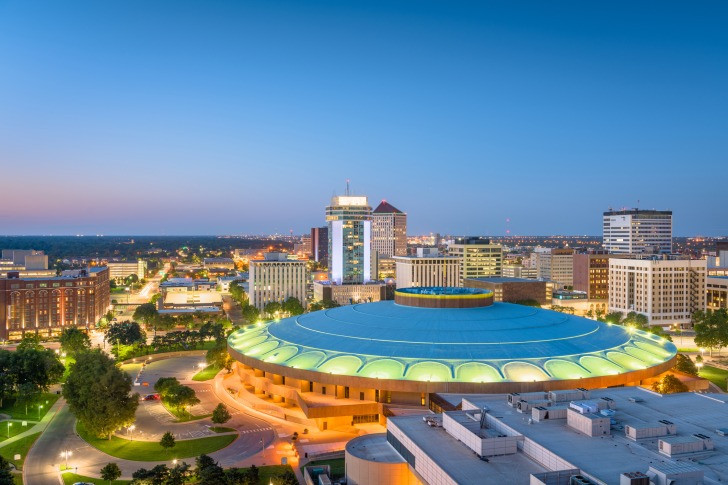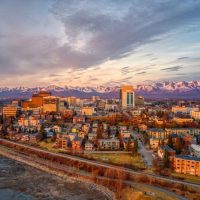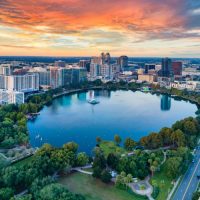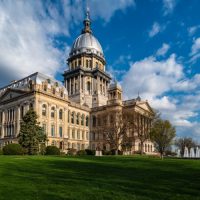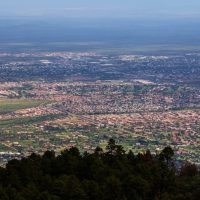A lot of people, myself included, experience Kansas by driving through endless wheat fields along Interstate 70.
That gives it the reputation of being a flat state of farmland.
There are indeed no real mountains, but there are a lot of interesting things and even diverse topography in the state.
It is largely a rural state, and that tends to make the cost of living lower than other areas of the country.
12 Cheapest Places to Live in Kansas

1. Winfield
Winfield is a small town of 12,000 people in the southern part of the state.
The cost of living is 29 percent below the national average.
To show how inexpensive Kansas is, Winfield is 15 percent higher than the state average.
A typical home costs $116,000.
You could get by on an income of $22,000 per year as a single person in Winfield.
The town also hosts one of the top bluegrass festivals in the nation.
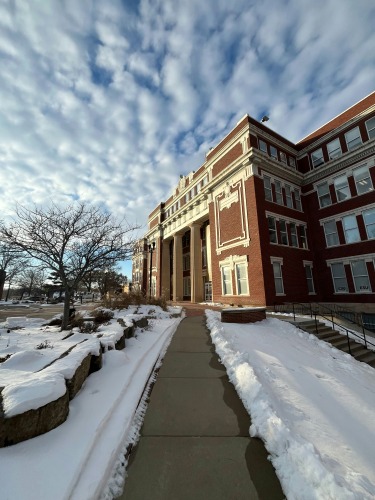
2. Emporia
Emporia is a city of 25,000 people and about halfway between Kansas City and Wichita, making it a good location.
The cost of living is 25 percent lower than the national average, and 10 percent below the state average.
A typical house can be bought for $137,000.
The typical rent for a two-bedroom apartment is $570.
A single person could live here on less than $20,000 per year, and $25,000 for a small family.
Emporia has a rich history as a jumping-off point in the westward settlement era.
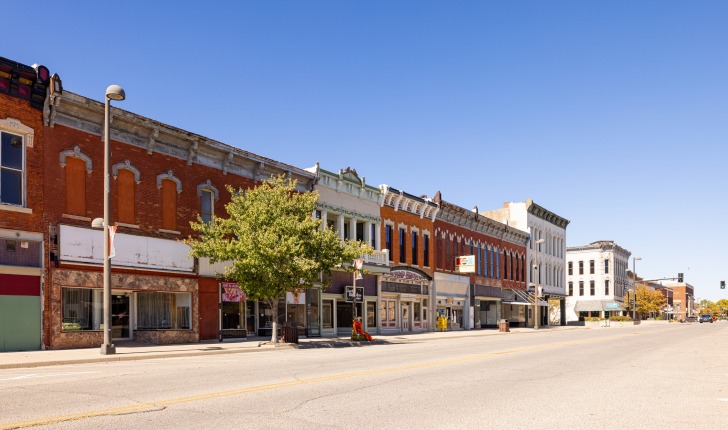
3. Wellington
Wellington is a town of 7700 people in south-central Kansas.
It is on an interstate and just a short drive to Wichita and other large cities.
Housing is part of what makes Wellington so cheap, at 23 percent below the national average and eight percent below the state average.
Groceries are not much below the national average, but everything else is significantly lower.
You can get a good house here for less than $100,000.
Wellington is one of many small cities that is shrinking in population, losing more than 1,000 people in the last few decades.
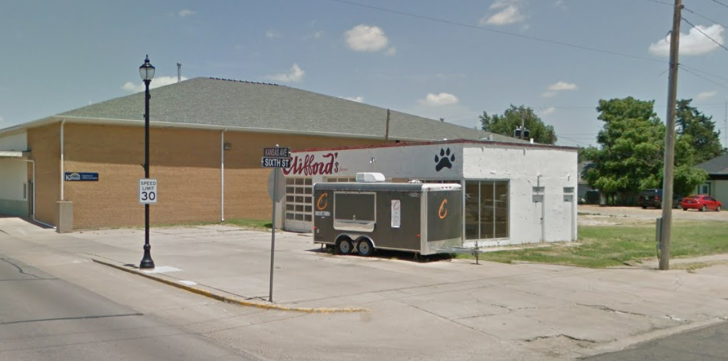
4. Liberal
Liberal is in an isolated area in the southwest part of the state that is known for being very dry.
It is a bit isolated but has a community college and a vibrant community.
The cost of living is 26 percent below the national average and 10 percent below the state average.
A house will cost about $130,000, and rental units are 35 percent below the national average.
Other goods and services are even cheaper, and a small family can get by on $28,000 per year.
Liberal has around 20,000 people but is a bit isolated.
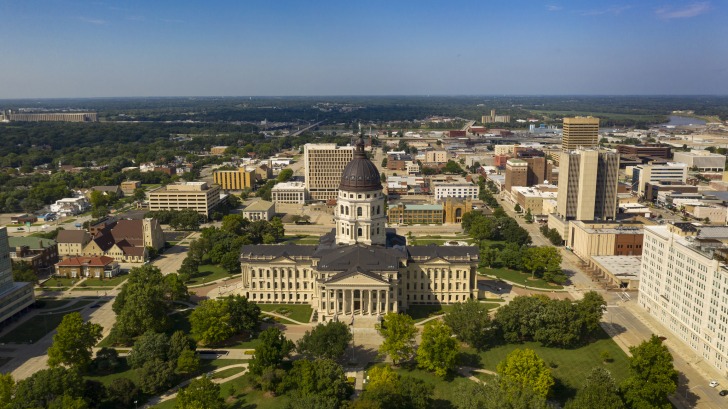
5. Topeka
If you want a larger city, Topeka would be a good option.
It is the state capital, and with 126,000 people, is the fifth-largest city in the state.
It is not far from Kansas City.
The cost of living is 20 percent below the national average and four percent below the state average.
A typical home costs 4270,000, and rent is around $950, still lower than the national average but higher than the state average.
A small family can live on $30,000 in Topeka.
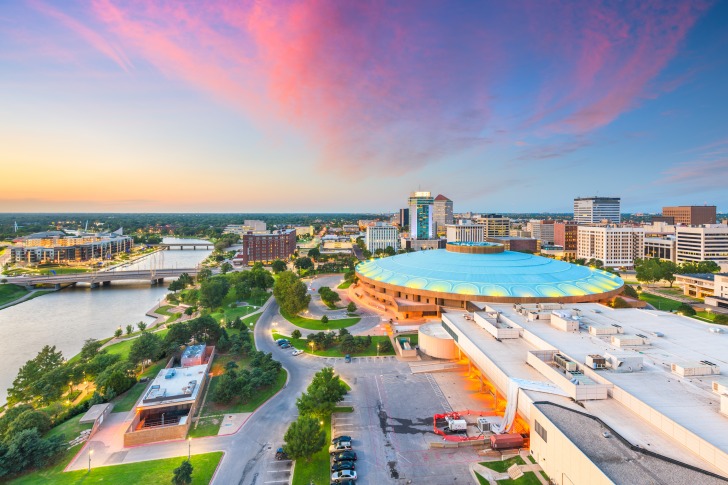
6. Wichita
Wichita has the highest population in the state at almost 400,000, so it is a bit surprising that its cost of living is not high.
It is 17 percent below the national average and right above the state average.
Houses average $172,000, which is below the state average and half the national average.
Rents can vary greatly.
It would cost a small family $30,000 to live here.
It does have a higher than the national average crime rate, however.
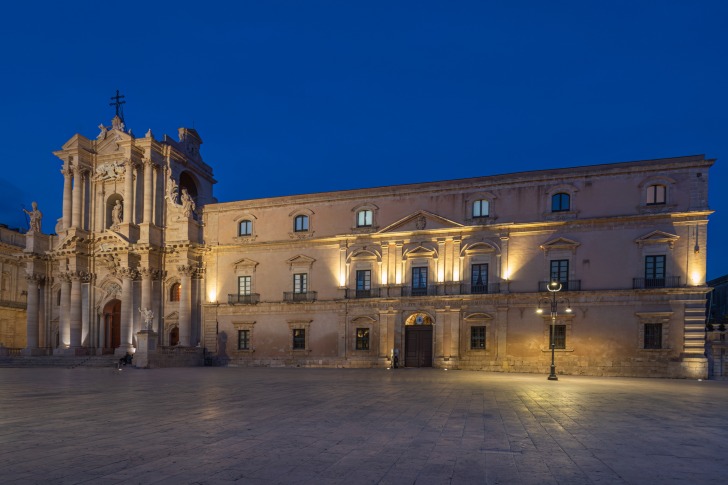
7. Syracuse
Syracuse, with a population of 1,800, is one of the many very small towns in the western part of the state.
It is an isolated town, more than 100 miles from a medium-sized city, but offers small-town charm as well as quiet.
The cost of living is 28 percent below the national average and 15 percent below the state average.
A typical house is 60 percent below the national average and well below the state average.
A small family could get by on $23,000 per year in this small town.
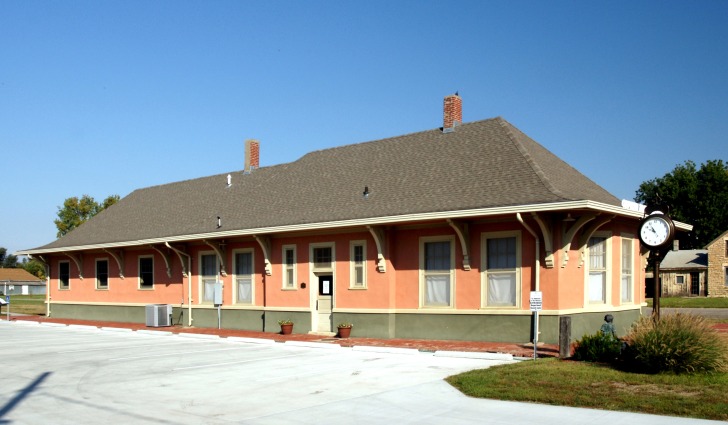
8. Concordia
Concordia, population 5,000, is a small town in the eastern hills area of the state.
It is the most scenic area of the state, which is called the Flint Hills Area.
It is also not very far from larger cities.
The cost of living is 30 percent below the national average and 15 percent below the state average.
A decent house can be had for $106,000.
A single person could live on $20,000.
Costs for things like groceries and utilities are lower.
Property taxes are also lower than the state average.
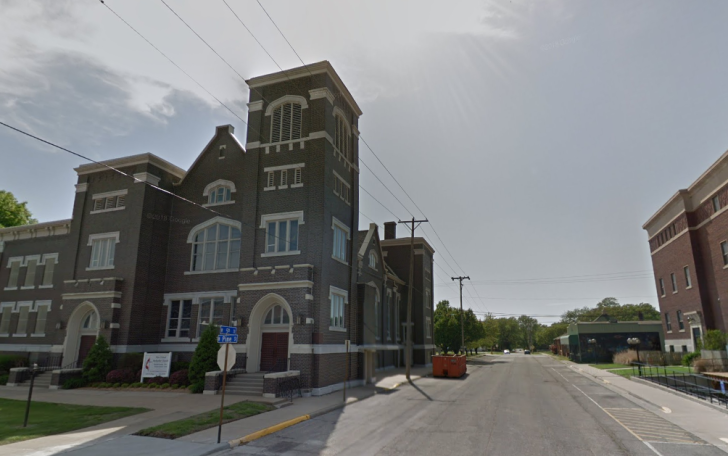
9. Pittsburg
Pittsburg is a town of 20,000 in the southeastern part of the state.
It is loaded with the history of the Civil War, as well as various Indian Wars, and there are a lot of other towns nearby to explore.
Pittsburg is 31 percent below the national average and 17 percent below the state average in overall cost of living.
Average houses cost around $114,000.
Groceries and utilities are lower than the national average as well.
A small family could live on $25,000.
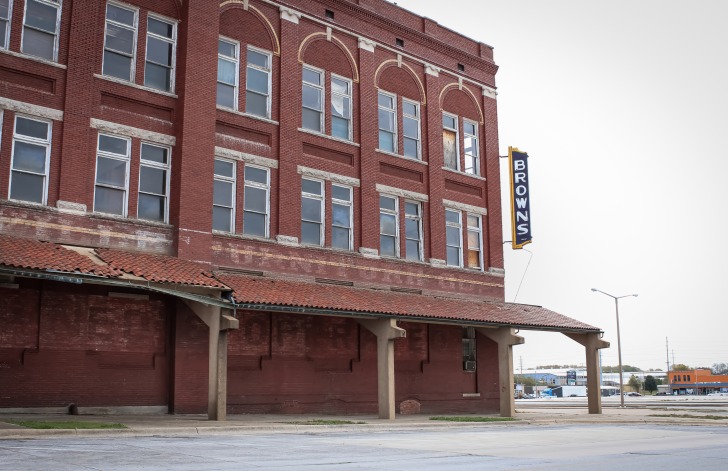
10. Coffeyville
Coffeyville is a city of 8,000 people and has a significant Old West history for shootouts with bank-robbing gangs like the Daltons.
It is very inexpensive, in part due to a decline in the population and a devastating flood that happened 15 years ago.
You can buy a livable house for as little as $51,000.
There are plenty of jobs at oil refineries and other industries.
The cost of living is 19 percent below the state average and 32 percent below the national average.
There is a fairly high crime rate to consider.
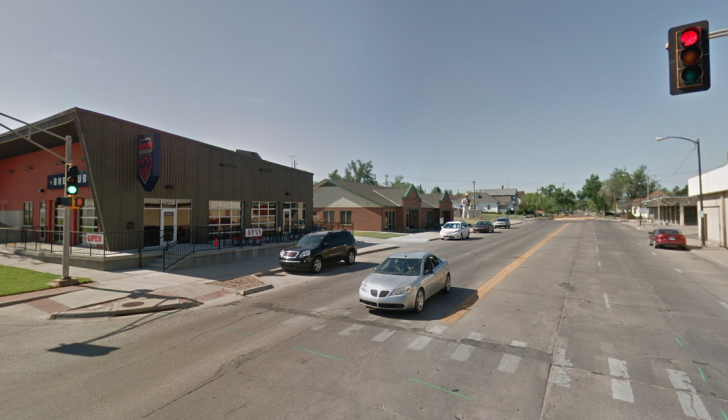
11. Dodge City
Dodge City is an old west town made famous by a television program, but the town does have legitimate historical chops.
It was one of the first cow towns where the lore of the cowboy was born.
Even today it has beef packing plants.
It is in a fairly remote area in the southern part of the state.
The cost of living is 25 percent below the national average and 10 percent lower than the state average.
A typical house would cost $168,000.
There is cheaper housing in Kanas, and Dodge City is cheaper in many categories.
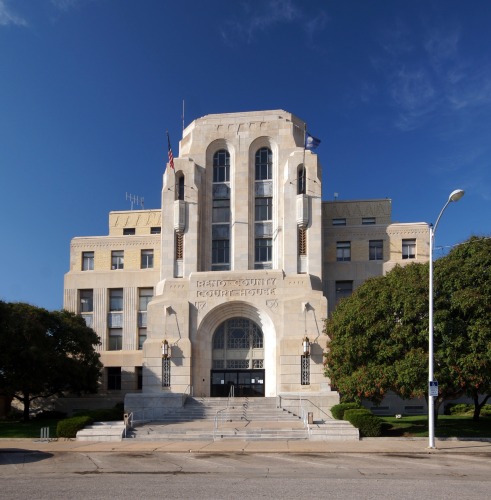
12. Hutchinson
Hutchinson is a mid-sized city with 40,000 people and has a good mix of history and modern technology.
It has the Kansas Cosmosphere and Space Center.
Historically, it has roots in German settlers and there are a lot of Mennonites and Amish people in the area.
You can get a nice house for $125,000, which is 62 percent below the national average.
A small family could live in Hutchinson for about $24,000 per year.
It is a large enough town to have jobs available and is not far from larger cities like Wichita.
Kansas Safety Overview
READ THE FULL REPORT: Kansas Safety Review
Safety Index:
- OVERALL RISK: LOW
- TRANSPORT & TAXIS RISK: MEDIUM
- PICKPOCKETS RISK: LOW
- NATURAL DISASTERS RISK: MEDIUM
- MUGGING RISK: LOW
- TERRORISM RISK: LOW
- SCAMS RISK: LOW
- WOMEN TRAVELERS RISK: LOW
Frequently Asked Questions
Where does Kansas rank as far as the cheapest states to live in?
It is a bit subjective and depends on who you ask.
Some studies say Kansas is the second-cheapest state to live in, but none rate it beyond the fifth-cheapest state.
The cost of living is 28 percent below the national average, and your family can buy a nice home for less than $200,000, and less than $100,000 in some areas.
Why is it so inexpensive to live in Kansas?
Much of the state is farm country, and people have been leaving farms and moving to larger cities.
The state has had a reduction in the population in many cities, and that makes more housing available, so it is cheaper than other places.
A lot of food is also grown in the state, which also lowers costs.
It is the small towns that are losing people.
The state itself grew by three percent since 2010, but the national growth in that period was 7.7 percent.
How big are cities in Kansas?
Wichita is the biggest city in the state with 400,000 people.
There are only five cities with more than 100,000 and only nine with more than 50,000.
A total of 502 of the state’s 725 registered towns or cities have less than 1,000 people.
Most people live in the larger cities, meaning there is a lot of wide open space.
Half of the state’s population lives in the northeast corner of the state.
How densely populated is Kansas?
Kansas has 2.9 million people and is a relatively large state.
Kansas is 41st in population density with 35 people per square mile.
New Jersey has the highest density at 1263 people per square mile.
A lot of this is because most of the state is farmland or grazing land for cattle.
There are large areas with very small towns or almost no people in rural areas.
Kansas is 35th in total population and 13th in land area.
There are 2.2 million people in the Kansas City metropolitan area, and it’s fair to say half live in Kansas.
This would mean that more than one million of the state’s three million people are in the Kansas City area.
What is a secret people should know about Kansas?
Many small towns are losing their population because of a lack of jobs if you are not in the farming business.
A lot of small towns are trying to avoid shrinkage by getting people to move there.
Many small towns offer great incentives, especially if you can open a business there.
Some small towns will even give you a lot for you to build your business on, and give you some very nice tax breaks too.
